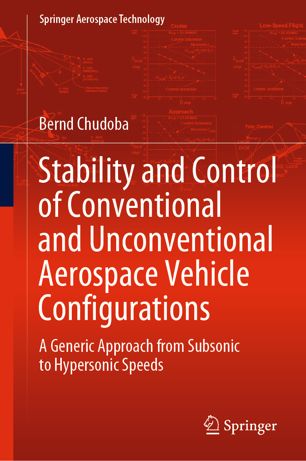

Most ebook files are in PDF format, so you can easily read them using various software such as Foxit Reader or directly on the Google Chrome browser.
Some ebook files are released by publishers in other formats such as .awz, .mobi, .epub, .fb2, etc. You may need to install specific software to read these formats on mobile/PC, such as Calibre.
Please read the tutorial at this link: https://ebookbell.com/faq
We offer FREE conversion to the popular formats you request; however, this may take some time. Therefore, right after payment, please email us, and we will try to provide the service as quickly as possible.
For some exceptional file formats or broken links (if any), please refrain from opening any disputes. Instead, email us first, and we will try to assist within a maximum of 6 hours.
EbookBell Team

0.0
0 reviewsThis book introduces a stability and control methodology named AeroMech, capable of sizing the primary control effectors of fixed wing subsonic to hypersonic designs of conventional and unconventional configuration layout. Control power demands are harmonized with static-, dynamic-, and maneuver stability requirements, while taking the six-degree-of-freedom trim state into account. The stability and control analysis solves the static- and dynamic equations of motion combined with non-linear vortex lattice aerodynamics for analysis.
The true complexity of addressing subsonic to hypersonic vehicle stability and control during the conceptual design phase is hidden in the objective to develop a generic (vehicle configuration independent) methodology concept. The inclusion of geometrically asymmetric aircraft layouts, in addition to the reasonably well-known symmetric aircraft types, contributes significantly to the overall technical complexity and level of abstraction. The first three chapters describe the preparatory work invested along with the research strategy devised, thereby placing strong emphasis on systematic and thorough knowledge utilization. The engineering-scientific method itself is derived throughout the second half of the book.
This book offers a unique aerospace vehicle configuration independent (generic) methodology and mathematical algorithm. The approach satisfies the initial technical quest: How to develop a ‘configuration stability & control’ methodology module for an advanced multi-disciplinary aerospace vehicle design synthesis environment that permits consistent aerospace vehicle design evaluations?